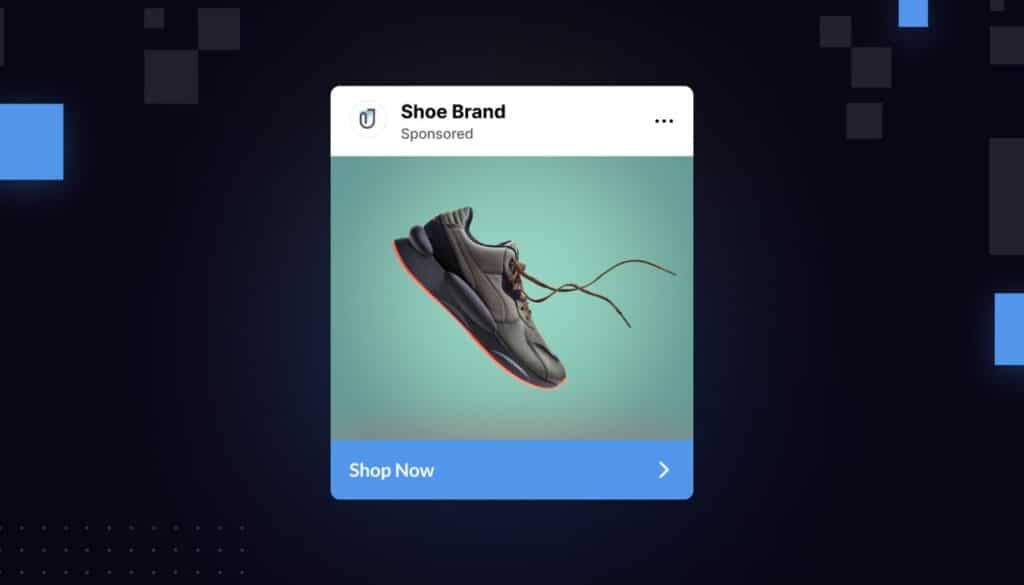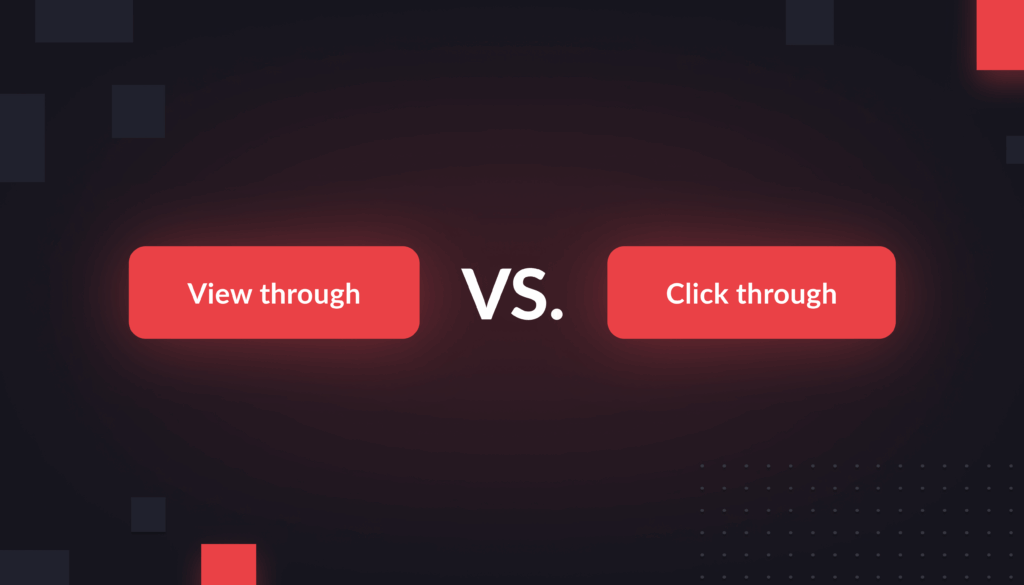This winter, marketers can create a number of free audiences via Amazon Marketing Cloud.
Through Q1 of this year, Amazon is removing the paywall—temporarily—for audience creation using a series of AMC datasets.
So if you’re building AMC audiences for your DSP or Sponsored Ads, you can now use these datasets for free.
Specifically, anyone can now create an audience of shoppers using the following AMC datasets:
- Amazon Insights
- Amazon Brand Store Insights
- Amazon Your Garage
Below, we’re going to walk through some of the more granular benefits you get from these new datasets.
But for now: the big thing to know is that these datasets let you, among other things, create audiences using organic data.
That means you can reach shoppers that didn’t interact with an ad. This lets you create audiences of repeat purchasers, for instance, or of Subscribe & Save shoppers who resupplied.
Or even of people who visited your product page without ever seeing an ad from you.
To be clear, this doesn’t mean that all of AMC’s Paid Features are suddenly free. You still need a subscription to run queries on AMC.
But it makes the benefits of AMC much, much more accessible to the typical brand. And it’s worth experimenting with while it lasts.
Why are these AMC datasets important?
Amazon Marketing Cloud is a game changer in our industry—a platform that, if used right, can help you reach granular audiences and set bids and budgets more efficiently.
The problem is, a lot of AMC’s most powerful data sets live behind the paywall.
It is always also a bit of a roadblock to AMC adoption. Some of the greatest use cases of the platform required a fair amount of investment upfront.
But it’s worth seeing what’s behind the paywall. Because these new data sets are free for audience creation, brands can run micro-targeted ad campaigns without needing to throw a bunch of money at it.
It just makes AMC that much more valuable—and more accessible to the average brand.
Today, a brand that only runs Sponsored Ads can advertise differently to high-value and low-value shoppers, for instance, without needing to pay for the cost of a subscription.
What new datasets are available for free trial?
Amazon has made three of its previously paywalled datasets temporarily free for audience creation only. (Again, these datasets still require paid subscriptions if you’re running queries.)
We’ll break them down one by one.
Amazon Insights. This is the most important dataset for the average advertiser.
Basically, the Amazon Insights subscription gives you full access to both organic and ad-attributed interactions that shoppers had with you over the last 12.5 months.
The key benefit here is access to organic data.
By default, AMC will only show you shopper interactions that can be attributed back to an ad exposure. Without the Amazon Insights dataset, basic interactions—like organic or repeat purchases—are rendered invisible.
Having free access to these organic audiences is a big deal.
Think of a simple use case, like Customer Life-Time Value. Advertisers might understandably want to run ads differently to shoppers based on how much they spend.
You’ll probably push more upsells on a high-value shopper, for instance, and run different ad creatives to them.
But targeting high-value shoppers requires factoring in organic purchases. A lot of high-value shoppers will end up repeating a purchase or buying a cross-sell without necessarily seeing one of your ads.
Amazon Brand Store Insights. Amazon’s new Brand Store Insights dataset includes granular information about who visits your Brand Store, how they found it, and what they do afterward.
A standout Brand Store is one of the best ways to differentiate yourself on Amazon right now.
So for audience creation, the Brand Store Insights dataset opens up a lot of possibilities.
For instance, this dataset reveals how a Brand Store interaction appears in a shopper’s path to purchase. “BSI” will show up as an event along the Path to Conversion, the way “SP” shows up for a Sponsored Products ad interaction.
At the simplest level, you might want to advertise differently to shoppers who have already visited your Brand Store. Maybe you’re willing to spend more running ads to shoppers who have seen your Store than to those who haven’t.
Or you can get a little more granular. Maybe you decide that a shopper who makes 3+ clicks on your Brand Store is highly engaged and close to a purchase.
Create an audience of shoppers who made a certain number of clicks on your store, and run custom creatives to them. Through bid boosting with Sponsored Products and Sponsored Brands ads, you can also bid higher for them.
From there, you can get as granular as you want with Brand Store Insights. One column, called “ingress_type,” sorts shoppers based on how they found your store (search, ads, clicking your byline, etc).
So you can theoretically target shoppers differently based on how they first landed on your Brand Store, for instance.
Wondering what else is possible? You can also get all sorts of new metrics on your Brand Store. We go into depth on those here.
Amazon Your Garage. As Amazon moves swiftly into the auto market, some of its car-focused data sets are temporarily available for free, too.
Amazon Your Garage is a consumer-facing service where shoppers voluntarily add information with Amazon about the car they own. In exchange, Amazon gives them more tailored product and repair recommendations.
For vehicle brands, however, the Amazon Your Garage dataset opens up a whole world of targeting opportunities.
At the simplest level, you can use this dataset to create an audience of shoppers who have an older car from one of your competitors, and push your new car on them instead.
You can also get more sophisticated. If someone has multiple vehicles registered, a car insurance company might consider promoting an offer to them based on bundle insurance.
It all starts with creating an audience using the Amazon Your Garage dataset.
What should these datasets mean for your Amazon strategy?
It’s safe to say that the era of custom targeting is upon us. The average brand will be able to create different ad campaigns—and set different budgets—depending on the type of shopper they’re going after.
This allows marketers to get a lot smarter about budgeting while still going after a large cross-sections of shoppers.
The difference is that now you don’t need to create a one-size-fits-all campaign for your Sponsored Ads.
You can use these datasets to get as specific as you like, on a regular basis—and now is the perfect time to see which, if any, actually work for you.

![[Spreadsheet] Blog Post [Spreadsheet] Blog Post](https://www.intentwise.com/blog/wp-content/uploads/elementor/thumbs/Spreadsheet-Blog-Post-scaled-r3ti9ndu4fxqwgissxw8xm5pujjsjdyg29qehaw4lc.jpg)


